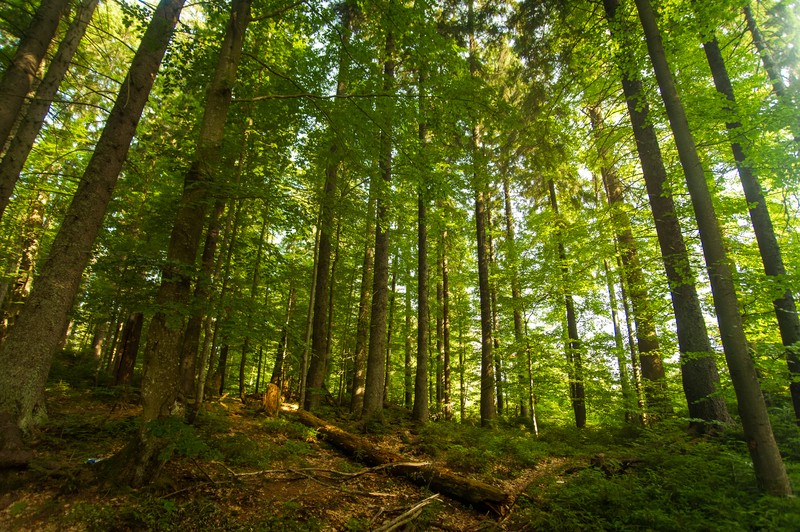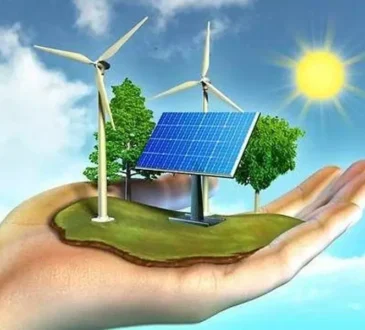
In the race to diminish the impact of climate change, many will agree that it’s important to dive deep into the numbers involved. What are the exact figures that will offset carbon emissions the most? This applies not only to the reductions we need to encourage but to the number of trees tree-planting programs should plant or forests to restore.
If you plan to offset your carbon footprint, you might as well do so in the most optimal way. This post should serve as a good starting point as it will orient you about these figures. In so doing, we also hope to underscore the urgency of this endeavor.
Plenty of Factors Come Into Play
It can be tricky to come up with exact figures because there are a lot of considerations that can cause the number needed to fluctuate. These include the following:
- The exact CO2 emissions per country.
- The number of trees present.
- The carbon sequestration ability of each forest.
- The possible loss of trees over time.
- The effect of CO2 emission reduction efforts in your locale and country.
- The possibility of a further increase of CO2 emission over time.
This is why you can expect a carbon offset calculator to only be able to provide rough estimates. Even so, it won’t hurt to at least know that you’re making an impact through your tree subscription or carbon offset project especially if we’re achieving those numbers.
Here Are Some Figures to Ponder On
Because of these factors, the best route to take is to know the exact conditions in your country. Take note that a mature tree can absorb between 30 to 58 kilograms of carbon every year, depending on the species and environmental factors such as temperature and humidity. With that in mind, experts have arrived at the following figures for most of the top carbon-emitting countries in the world.
- In the US, which is the second-highest carbon emitter in the world, around 1025 trees would have to be planted to offset the carbon footprint of every citizen. This considers the least carbon sequestration capability of each tree which is 14 kilograms a year.
- In the UK, the figure is almost twice as much as 2,250 trees per person.
Do you know why the figure is so large for every individual? It all hinges on the fact that scientists have already made it clear at least 1 trillion trees would have to be planted in order to make any significant carbon reductions in our atmosphere. It’s the ultimate figure that will inevitably be able to considerably slow if not completely stop climate change.
Does the Task Appear Too Herculean?
To most people, it might be the case. However, we can’t deny the fact that dramatic improvements can already be reached if we take our efforts up a notch, so to speak. Again, we need to dive deep into the data to see this. The best carbon offset programs would not have received and continue to get immense support if everything is hopeless.
For one, that titanic figure obviously doesn’t take into consideration the CO2 reduction efforts of countries worldwide. We also need to keep these facts in mind:
- The global CO2 emission decreased by a remarkable 8% in 2020. This is the lowest for an entire decade.
- Trees already have carbon sequestration potential even if they’re just newly planted. This is because they’ll need carbon to support their growth.
- In the tropics, each tree absorbs up to 5x the amount of carbon compared to its temperate counterparts. This rings true for each new tree that’s planted. It will be able to absorb up to 50kg as it grows, while those in the temperate regions can absorb more than 10kg.
- Also, did you know that an acre of newly grown forest is already enough to cover twice the CO2 emission from the average mileage of cars?
As you can see, every time you send a tree to plant or support the best tree-planting charity, you’re already doing a load of good for the climate change mitigation efforts worldwide.
Taking Other Effective Steps Can Do A Lot of Good for the CO2 Emission Problem, Too
- If you haven’t been using a CO2 emission calculator, then it’s highly recommended that you start doing so now. These calculators can be decisive in our fight against climate change because, again, it’s a war that can be won by paying attention to numbers.
- Consider adopting a more sustainable diet now. Don’t close your doors to becoming a full-fledged vegetarian or vegan.
- Gradually reduce your reliance on private vehicles. Take the opportunity to walk as much as possible. If not, there’s another healthy alternative in the form of biking. Also, public transportation is always an option, especially if it’s available and reliable.
- Stop your overreliance on imported products. Support local products and produce. If you can buy them in bulk, then don’t hesitate to do so.
- Consider every energy-efficient option available, may it be when designing your house or in how you consume power. Renewable energy has become the trend in recent years for a good reason. Conduct an energy audit so you’ll know where you stand in power consumption.
- Adopt a more minimalistic mindset. The less stuff (and waste) you have, the better.
Doing any or all of these steps can drastically reduce CO2 emissions. The numbers we got in 2020 should already inspire us to aim for better reductions every year. The more we reduce, the fewer trees we need to plant. It’s that simple! Although you’ll probably agree that we can never have enough trees, right?
Conclusion
It’s not for nothing that carbon offset subscription is still gaining traction in recent years. Once you decide to grow your own tree to reduce footprint, we hope that you’ll go all the way in doing so.
Everyone’s concentrated efforts are bound to result in more profound improvements in the future. We’re talking about exponential boosts here, so if you haven’t kicked your efforts into high gear yet, it goes without saying that now is the best time to do so.




